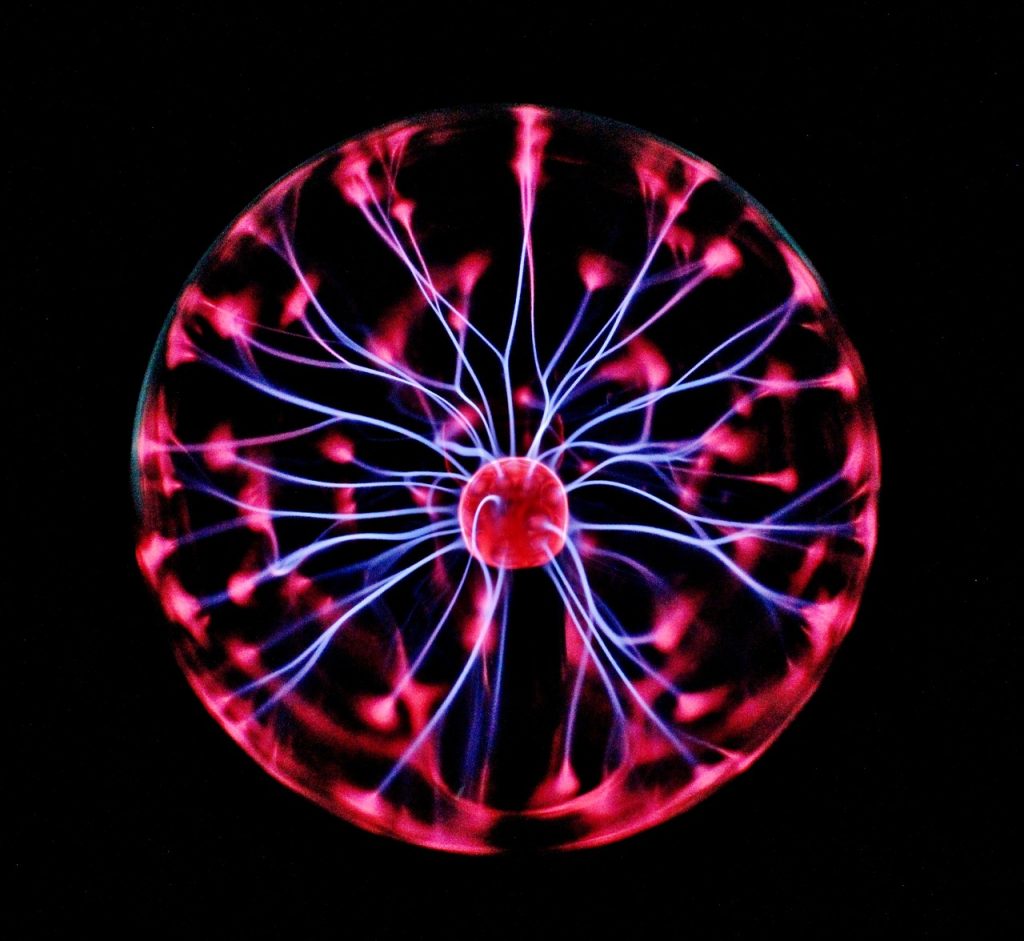Plasmoids: The Future of Energy and Scientific Exploration
In recent years, “plasmoids” have emerged as a term generating significant interest in the fields of plasma physics and energy research. While the term may sound futuristic, it refers to a specific configuration of plasma — a state of matter consisting of highly energized, ionized gases that are often found in phenomena like lightning or the sun’s corona.
Plasmoids are distinct, self-contained formations of plasma that are held together by their own magnetic fields. These entities can exist in various environments, ranging from space to experimental laboratories, and they are being closely studied for their potential applications in energy generation, space exploration, and scientific research.
What Are Plasmoids?
At its core, a plasmoid is a quasi-stable structure composed of hot, charged particles that can maintain its shape for a given period, thanks to the magnetic fields it generates. These self-contained plasma formations occur when magnetic fields trap charged particles in a confined space, preventing them from dispersing.
In natural settings, plasmoids have been observed in solar flares and auroras, where massive amounts of energy are released. They have also been reproduced in laboratory environments using magnetic confinement techniques, offering scientists a controlled setting to investigate their properties.
Potential Use Cases
The study of plasmoids holds great promise across several fields, particularly in energy generation, space travel, and even medical technologies.
- Fusion Energy: One of the most exciting applications for plasmoids is in the realm of nuclear fusion, the process of combining atomic nuclei to release massive amounts of energy. Fusion has long been hailed as the “holy grail” of clean energy, with the potential to provide a virtually limitless source of power. Plasmoids could help scientists achieve the conditions necessary for sustained nuclear fusion by acting as a confinement mechanism for the superheated plasma required for the reaction. Research into plasmoid-based fusion reactors is ongoing, with efforts like the Spheromak or Field-Reversed Configuration (FRC) devices showing promise in creating the necessary conditions.
- Space Propulsion: Plasmoids might also revolutionize space travel. Scientists are exploring the possibility of using plasmoids as part of advanced propulsion systems for spacecraft. Such systems could potentially harness the magnetic and kinetic energy of plasmoids to create more efficient, high-speed engines for deep-space exploration. This could drastically reduce travel times between planets or even stars, opening new frontiers for human exploration.
- Astrophysical Studies: On a more theoretical level, plasmoids provide valuable insights into astrophysical processes. Since plasmoids are thought to form naturally in many cosmic events, studying them in the lab can help scientists better understand phenomena like solar storms, magnetic reconnection, and even black hole accretion disks. These insights could lead to improved space weather forecasting and better protection of satellites and astronauts from solar radiation.
- Medical Applications: Plasma is already used in certain medical treatments, such as in sterilization and wound care. Plasmoids, with their unique properties, could potentially be harnessed for more advanced medical procedures. For instance, they may one day be used to deliver targeted treatments to specific parts of the body or to manipulate biological tissues in ways that are currently impossible with conventional technology.
- Plasmoids in Nanotechnology: In nanotechnology, plasmoids offer exciting potential due to their unique electromagnetic properties. At the nanoscale, plasmoids are formed when free electrons oscillate collectively in response to light or electromagnetic fields, creating localized regions of intense energy. These localized plasmonic fields can be used to manipulate light and heat on a nanoscale, enabling applications in several cutting-edge technologies.
- Plasmoids in AI and Quantum Computing: A New Intersection of Physics and Technology: Plasmoids, with their unique electromagnetic and quantum properties, are being explored as potential enablers of advancements in artificial intelligence (AI) and quantum computing. These self-contained plasma formations offer ways to manipulate energy, information, and matter at a very small scale, aligning with the needs of next-generation computing technologies.
Challenges and Future Outlook
While plasmoids hold tremendous promise, several challenges remain. Creating stable, long-lasting plasmoids in laboratory conditions is difficult, as they tend to dissipate quickly. Moreover, controlling the temperature, density, and magnetic fields of these formations requires highly advanced technology and a deeper understanding of plasma dynamics.
Nonetheless, progress is being made. With major research facilities around the world investing in plasma physics and plasmoid studies, breakthroughs in this field could lead to a revolution in how we approach energy, space travel, and science itself. The potential of plasmoids is vast, and as our understanding of them deepens, their impact on the future could be profound.
As researchers continue to unlock the mysteries of plasmoids, we may soon find that these plasma-based formations are not only scientific curiosities but key components in solving some of humanity’s most pressing challenges.









1 thought on “What Are Plasmoids?”